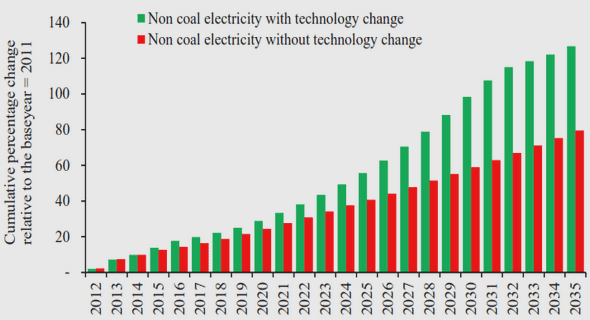(Downloads - 0)
For more info about our services contact : help@bestpfe.com
Table of contents
1 Spontaneous Emission Control with a Cavity
1.1 Light – Matter Coupling
1.1.1 Atom in free-space
1.1.2 Cavity coupling: the Jaynes-Cummings model
1.2 Purcell effect
1.2.1 Purcell factor
1.2.2 High quality factor cavities
1.3 Purcell effect in condensed matter
1.3.1 Purcell factor for a condensed matter emitter
1.3.2 Light confinement in semi-conductor structures
1.3.3 The case of carbon nanotubes
2 Single Carbon Nanotube Properties
2.1 Structural and electronic properties
2.1.1 Structural properties
2.1.2 Electronic properties
2.2 Optical properties
2.2.1 Single electron model
2.2.2 Excitonic properties
2.3 Samples
2.3.1 Synthesis of Carbon Nanotubes
2.3.2 Micellar suspension
2.3.3 Spin coating
3 A Fiber Fabry-Perot Microcavity
3.1 Cavity Planar-Concave modes
3.1.1 Resonant condition
3.1.2 Spectrum of an empty cavity
3.2 Cavity mode volume
3.2.1 Manufacturing of fibered mirrors
3.2.2 Effective mode volume
3.3 Fiber – Cavity coupling
3.3.1 Single mode fibers
3.3.2 Beyond single mode fibers
3.4 Finesse and storage time
3.4.1 Losses
3.4.2 Measuring the finesse
4 Scanning confocal microscopy of carbon nanotubes
4.1 A scanning Confocal Microscope
4.1.1 Principle
4.1.2 Excitation
4.2 Low temperature single nanotube photoluminescence
4.2.1 Single carbon nanotube photoluminescence
4.2.2 Coupling to acoustic phonons
4.3 Spectral diffusion in Carbon Nanotubes
4.3.1 Spectral diffusion of the ZPL
4.3.2 Spectral diffusion of the Phonon Wings
5 A Purcell enhanced single-photon source
5.1 Coupling a tunable cavity to the confocal microscope
5.1.1 Cavity Setup
5.1.2 Lens-Fiber mounting principle
5.2 Measuring the Purcell Factor
5.2.1 Photon counts method
5.2.2 Time domain method
5.2.3 Experimental Results
5.3 Single-photon source
5.3.1 Statistics of a light source
5.3.2 Second order correlation function
5.3.3 Hanbury-Brown and Twiss setup
6 Efficiency of a cavity coupled nanotube
6.1 Cavity efficiency including the phonon wings : theoretical approach
6.1.1 Evolution of the populations
6.1.2 Cavity efficiency
6.2 Experimental derivation of the cavity efficiency
6.2.1 Experimental “reconstructed” spectra
6.2.2 Fit of the experimental data
6.2.3 Evolution with cavity volume


